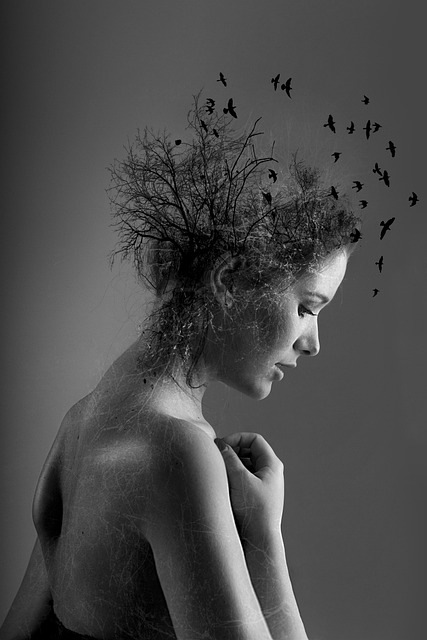# AI Art: Redefining Artistic Boundaries Through the Lens of Machine Learning and Innovation
The intersection of artificial intelligence (AI) and art is a rapidly evolving domain that is reshaping the creative landscape. As machine learning technologies advance, artists and technologists alike are exploring the potential of AI to generate, enhance, and redefine artistic expression. This article delves into the transformative impact of AI on art, examining its capabilities, implications for creativity, and the philosophical questions it raises about the nature of artistic authorship.
## The Rise of AI in Artistic Creation
Over the past few years, AI has emerged as a powerful tool for artists, offering innovative ways to create and manipulate visual content. Machine learning algorithms, particularly deep learning models, have been trained on vast datasets of artwork, enabling them to generate original pieces that reflect various styles and techniques. For instance, Generative Adversarial Networks (GANs) have gained prominence for their ability to produce lifelike images that can mimic the work of renowned artists or create entirely new aesthetics.
In practical terms, AI art tools such as DALL-E and Artbreeder allow users to input specific parameters or prompts, resulting in unique images that blend human creativity with machine precision. This democratization of art creation has made it accessible to individuals without formal artistic training, prompting a surge in experimental art forms. The ability to generate art at an unprecedented pace and scale invites a rethinking of traditional artistic processes, challenging the notion of what it means to be an artist in the 21st century.
## The Collaboration Between Humans and Machines
Collaboration between human artists and AI systems is fostering a new paradigm of creativity. Rather than replacing human ingenuity, AI serves as a partner that enhances the creative process. Artists are increasingly utilizing AI as a tool for inspiration, experimentation, and iteration. By leveraging machine learning algorithms, they can explore countless variations of their work, leading to unexpected results that might not have been conceived through traditional methods.
Moreover, this collaboration often results in a dialogue between the artist and the machine, where the artist curates and selects outcomes generated by AI. This interplay raises intriguing questions about authorship and ownership. When an artwork is produced through a combination of human input and machine learning, who holds the rights to the final piece? Such discussions are becoming increasingly relevant as AI-generated art gains traction in galleries and auction houses.
In addition, the use of AI in art is not limited to visual mediums. Musicians and composers are also experimenting with AI to create innovative soundscapes and compositions. Tools like OpenAI’s MuseNet can generate original music in various styles, allowing artists to expand their creative horizons. This fusion of technology and artistry is redefining the boundaries of artistic expression, blurring the lines between creator and creation.
## Philosophical Implications and Future Directions
As AI continues to influence the art world, it prompts deeper philosophical inquiries about creativity, originality, and the human experience. The question of whether machines can truly create art has sparked debates among artists, critics, and scholars. Some argue that art is inherently a human endeavor, rooted in emotions, experiences, and cultural contexts that machines cannot replicate. Others contend that AI can produce meaningful work that resonates with audiences, regardless of its origin.
The implications of AI-generated art extend beyond aesthetics; they also challenge traditional art market dynamics. As AI systems become proficient at producing high-quality artwork, the value of human-created art may be reassessed. Collectors and institutions will need to navigate this new landscape, determining how to value and authenticate works that emerge from machine learning processes. The potential for AI to disrupt established norms raises questions about the future of artistic careers and the role of human creativity in a world increasingly influenced by technology.
Looking ahead, the future of AI in art is filled with possibilities. As machine learning algorithms become more sophisticated, they may enable entirely new forms of artistic expression that we have yet to imagine. The ongoing evolution of AI tools will likely inspire artists to push creative boundaries further, leading to hybrid art forms that combine traditional techniques with cutting-edge technology. Furthermore, the integration of AI into art education may empower a new generation of artists to harness these tools, fostering a culture of innovation and collaboration.
## Conclusion
In summary, the integration of AI into the art world is redefining artistic boundaries and reshaping our understanding of creativity. Through the lens of machine learning and innovation, artists are discovering new avenues for expression, collaboration, and exploration. While the implications of AI-generated art raise significant philosophical and ethical questions, they also present exciting opportunities for the future of creativity. As we continue to navigate this evolving landscape, one thing is clear: AI is not just a tool for artists; it is a catalyst for a new era of artistic exploration that challenges our perceptions of art and creativity itself.

